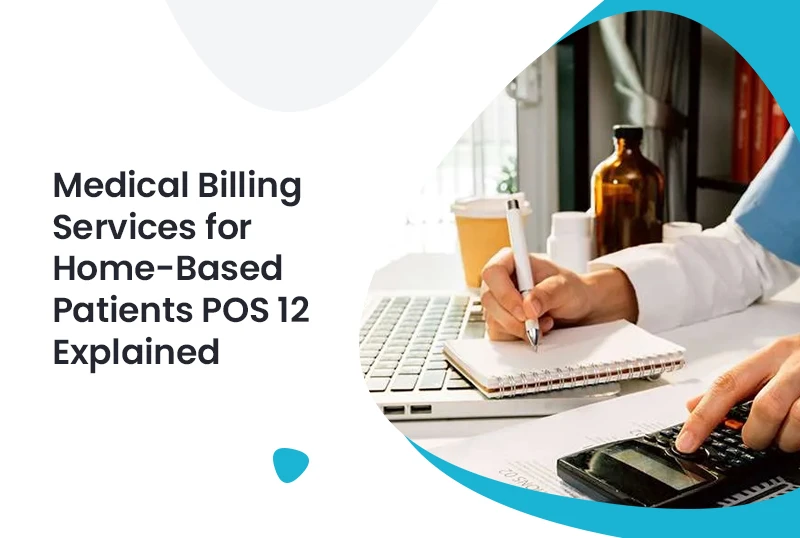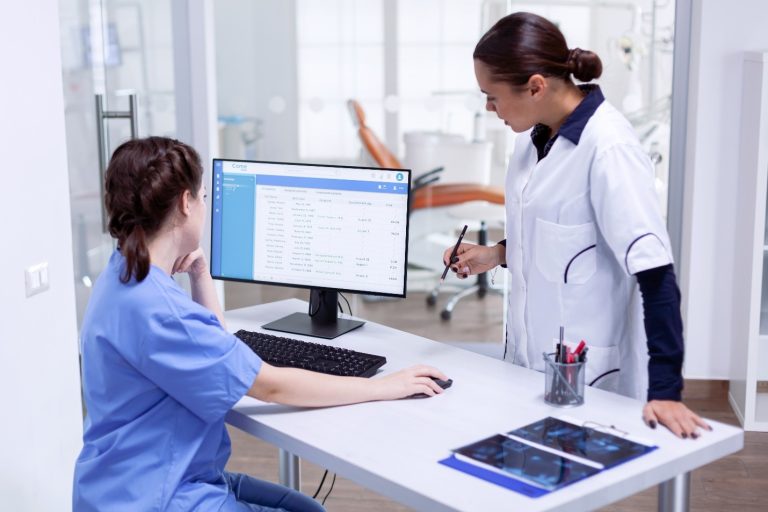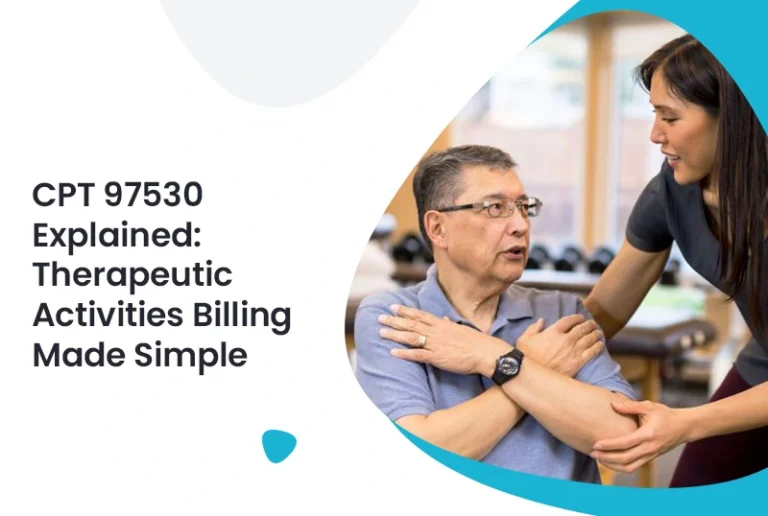In the world of medical billing, POS 12 plays a crucial role when billing services delivered at a patient’s home. As more practices transition toward home-based care, correctly identifying and using Place of Service (POS) codes is essential to avoid claim denials and ensure accurate reimbursement.
Let’s dive into what this code really means, how it compares to other POS codes like POS 11, and why understanding the right POS can streamline your billing process and compliance strategy.
What is POS 12?
POS 12 refers to the Place of Service code used when healthcare services are delivered in a patient’s home. According to CMS guidelines, this code is used by providers to indicate that the service took place at the patient’s residence rather than a hospital or clinical setting. It’s especially relevant for home health agencies, visiting physicians, therapists, and even telehealth providers (if applicable by payer guidelines).
Why POS 12 Matters in Home-Based Medical Billing
Billing with POS 12 ensures that services are correctly identified for reimbursement purposes. Incorrect POS usage can lead to rejected claims, compliance issues, or underpayment. Using the correct code can also protect against payer audits and supports your practice’s financial health.
For instance, if your service was rendered in an outpatient setting and you used instead of the proper outpatient code, it might delay or deny your payment. Learn more about POS for medical billing and how selecting the right POS enhances billing precision.
Key Differences: POS 12 vs Other Common POS Codes
Understanding POS 12 means also comparing it with similar settings:
- POS 11: Office – Used when the service is delivered in a physician’s office. POS 11 in medical billing is often mistakenly used in home visits, leading to denied claims.
- POS 10: Telehealth Provided in the Patient’s Home – Newer addition for virtual care. POS 10 is used when a telehealth service is provided while the patient is at home, unlike this code, which is used for in-person visits.
Best Practices for Billing with POS 12
Here’s how to ensure accuracy and avoid denials when billing for home-based care:
- Verify patient location before submitting claims.
- Ensure documentation clearly states that the service occurred at the patient’s home.
- Confirm payer-specific requirements, as some insurers have different policies regarding POS codes.
- Use appropriate CPT and modifier combinations, especially when billing Medicare or Medicaid.
Incorporating the correct place of service code into your billing software and training staff on its proper use can prevent reimbursement bottlenecks.
Home-Based Reimbursement Tips
Reimbursement rates may differ based on the place of service. Services rendered with POS 12 may qualify for different payment structures than in-office visits. For example, Medicare often has specific fee schedules for home health care that differ from outpatient care.
If you’re unsure whether your services qualify as home-based care, consult the payer’s documentation or seek assistance from a trusted medical billing service like Precision Hub.
How Precision Hub Simplifies Billing
At Precision Hub, we help providers navigate complex billing environments with confidence. Whether you’re transitioning to a hybrid care model or focusing exclusively on home visits, our experts ensure that POS 12 is applied accurately and effectively. We also help you comply with coding updates and payer-specific billing practices to maximize reimbursement and reduce claim rejections.
From training your billing team to auditing claims for POS code errors, Precision Hub keeps your revenue cycle running smoothly.
Common Scenarios for POS 12 Usage
- Home visits by primary care physicians
- Mobile physical therapy or occupational therapy
- In-home behavioral or mental health counseling
- Home infusions or wound care services
- Hospice visits in non-facility settings
Each of these examples qualifies for POS 12 when the provider physically visits the patient’s residence.
Comparing POS 12 with POS 11 and POS 10
To reinforce proper billing, remember:
- Use POS 12 for in-person services at the patient’s residence
- Use POS 11 for services rendered in a physician’s office
- Use POS 10 when a telehealth service occurs while the patient is at home
Understanding these distinctions protects your practice from documentation errors and ensures that payers recognize the services you provide
Final Thoughts
Choosing the correct Place of Service code is more than a clerical step—it’s a compliance measure that safeguards your practice’s reimbursement and reputation. For providers delivering care at home, mastering POS 12 can be the difference between a paid claim and a denied one.
For expert billing services and compliance support tailored to your specialty, trust Precision Hub to handle the complexity so you can focus on patient care.
FAQs (Frequently Asked Questions)
1. What does POS 12 mean in medical billing?
POS 12 indicates that a healthcare service was delivered in a patient’s home. It’s used for accurate claim submission and reimbursement.
2. How is POS 12 different from POS 11?
POS 11 is for services rendered in a physician’s office, while POS 12 is for home-based care. Using the wrong code can lead to claim rejections.
3. Can telehealth visits use POS 12?
Telehealth visits typically use POS 10 or 02, depending on the payer. This code is used for in-person services at the patient’s home.
4. Do payers reimburse differently for home-based services?
Yes, reimbursement rates may differ from office-based care. Check the payer’s policy for detailed guidelines.
5. How can I avoid claim denials?
Ensure accurate documentation, verify the service location, and consult payer-specific rules to apply the correct place of service code.







